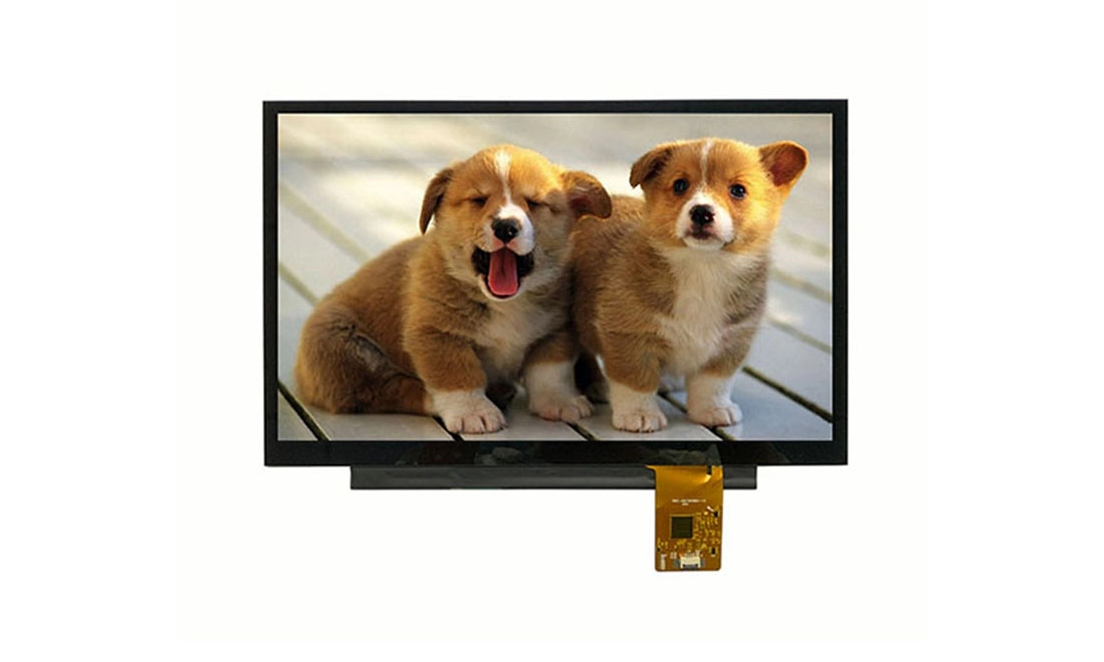Views: 278 Author: Reshine-Display Publish Time: 2024-05-21 Origin: Site








In the world of gaming, the display is one of the most critical components, significantly impacting the overall experience. Liquid Crystal Display (LCD) technology has been a mainstay in the gaming industry for years, offering a range of benefits that appeal to both casual and competitive gamers. However, like any technology, LCD displays come with their own set of drawbacks. In this comprehensive analysis, we explore the pros and cons of using LCD displays for gaming, providing insights to help you make an informed decision for your gaming setup.
LCD displays are widely available and come in a variety of sizes, resolutions, and price points, making them accessible to a broad audience. This wide range of options allows gamers to find an LCD monitor that fits their budget without compromising too much on quality.
Modern LCD monitors are capable of displaying high resolutions, including Full HD (1920x1080), Quad HD (2560x1440), and even 4K (3840x2160). This high resolution results in sharp, clear images with fine details, which is crucial for an immersive gaming experience. High-resolution LCDs allow gamers to see game environments and textures with greater clarity, enhancing the overall visual appeal.
Many LCD monitors are designed with gaming in mind, offering high refresh rates of 120Hz, 144Hz, or even 240Hz. A higher refresh rate means that the display can show more frames per second, leading to smoother motion and less motion blur. This is particularly beneficial in fast-paced games where quick reactions are essential.
LCD displays, especially those designed for gaming, often have low input lag, which is the delay between a user's input (like a mouse click or keypress) and the corresponding action on the screen. Low input lag is crucial for competitive gaming, where even a fraction of a second can make a difference.
Compared to older technologies like CRTs, LCD displays are more energy-efficient. They consume less power, generate less heat, and contribute to a cooler and more comfortable gaming environment. This energy efficiency also translates to lower electricity bills over time.
LCD monitors are generally thin and lightweight, making them easy to set up, move, and mount. This sleek design is not only aesthetically pleasing but also practical, allowing for more desk space and easier transport for gamers who attend LAN parties or gaming events.
LCD displays offer a versatile range of features, such as adjustable stands, VESA mount compatibility, and various input options (HDMI, DisplayPort, DVI). These features make it easy to customize the setup to fit personal preferences and gaming environments.
One of the primary drawbacks of LCD technology is its limited viewing angles. When viewed from off-center positions, colors can appear washed out or distorted, and contrast levels can decrease. This can be problematic for gamers who frequently shift their position or for those using multi-monitor setups.

While many gaming LCDs offer fast response times, some models still exhibit slower response rates, leading to motion blur and ghosting. This can be particularly noticeable in fast-paced games, where quick movements are common. It is important for gamers to check the response time specifications of a monitor before purchasing.
LCD displays use a backlight to illuminate the screen, which can sometimes lead to issues like backlight bleed and poor screen uniformity. Backlight bleed occurs when light leaks around the edges of the screen, creating uneven brightness and affecting the viewing experience, especially in dark scenes. Screen uniformity issues can result in patches of the display appearing brighter or darker than the rest.
Compared to technologies like OLED, LCD displays generally have lower contrast ratios. This means that blacks may not appear as deep and rich, and there can be less distinction between different shades of dark colors. Lower contrast ratios can impact the overall visual quality, particularly in games with dark environments or high-contrast scenes.
While many LCD monitors offer good color accuracy, they often do not match the color depth and gamut of high-end OLED displays. Gamers who require precise color reproduction for activities like video editing or digital art may find LCD monitors lacking in this area.
LCD monitors can sometimes suffer from dead or stuck pixels, which are individual pixels that remain unlit or permanently lit. While most manufacturers have quality control measures in place, there is always a small risk of encountering dead pixels, which can be distracting during gameplay.
Like all screens, LCD displays emit blue light, which can cause eye strain and disrupt sleep patterns if used for extended periods, especially at night. While many LCD monitors now come with blue light filters or modes to mitigate this issue, it remains a consideration for gamers who spend long hours in front of the screen.
LCD displays offer a compelling array of advantages for gamers, including high resolution, fast refresh rates, low input lag, energy efficiency, and a thin, lightweight design. These benefits make them a popular choice for a wide range of gaming applications, from casual play to competitive esports.
However, it is essential to consider the potential drawbacks, such as limited viewing angles, response time issues, backlight bleed, lower contrast ratios, color accuracy limitations, the risk of dead pixels, and blue light emission. By weighing these pros and cons, gamers can make informed decisions that best suit their needs and preferences.
Ultimately, the choice of a gaming display will depend on individual priorities, whether it’s achieving the highest possible refresh rate, enjoying vivid and accurate colors, or ensuring minimal input lag for competitive play. As technology continues to evolve, so too will the capabilities and features of LCD displays, offering even more options for gamers seeking the perfect screen for their gaming adventures.